5 Steps to a Successful Person-Centered Planning Meeting
September 26, 2023
What is person-centered planning (PCP), and how can it benefit students with support needs in inclusive education? PCP is a type of structured conversation in which people who are very familiar with the student come together to consider options, express a vision for the future, identify potential barriers, determine supports, and design an action plan to reach desired goals.
Today we’re sharing a little more detail about each of these basic steps, and how a PCP interview can help teams develop goals and work toward outcomes that are high priority and personally relevant to the student. (This post has been adapted from Equitable and Inclusive IEPs for Students with Complex Support Needs by Andrea L. Ruppar & Jennifer A. Kurth, and the general steps are from June Downing’s work.)
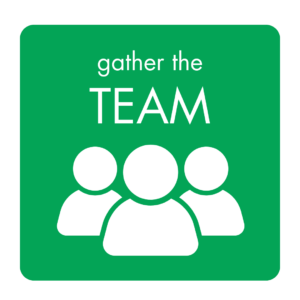 1. Gather the team: People who are most familiar with the student, including family members, friends, neighbors, teachers, paraprofessionals, and community members (e.g., piano teacher, pastors, baseball coach) gather together. The number or roles of people are not important; it’s important that the people who come together truly know the student well and care about their current and future successes.
1. Gather the team: People who are most familiar with the student, including family members, friends, neighbors, teachers, paraprofessionals, and community members (e.g., piano teacher, pastors, baseball coach) gather together. The number or roles of people are not important; it’s important that the people who come together truly know the student well and care about their current and future successes.
2. Develop a shared vision:
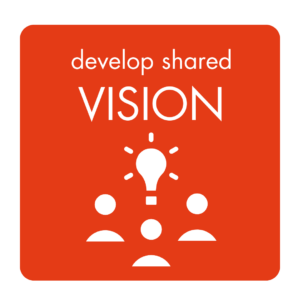 The team, including the student, develop a vision of how the student will live an enviable, thriving life into the future. This vision is the “dream” scenario and may include details such as where the student will live as an adult (e.g., their own house with support), their work (e.g., competitive, integrated employment), their relationships (e.g., spouses, friends, coworker relationships), and the skills the student will have (e.g., to direct their own supports, to be able to read for information and for pleasure). By sharing visions from multiple perspectives, a clear picture will emerge of who the student will become as they age. This is the vision the team will seek to realize through teaching skills and providing supports now and into the future.
The team, including the student, develop a vision of how the student will live an enviable, thriving life into the future. This vision is the “dream” scenario and may include details such as where the student will live as an adult (e.g., their own house with support), their work (e.g., competitive, integrated employment), their relationships (e.g., spouses, friends, coworker relationships), and the skills the student will have (e.g., to direct their own supports, to be able to read for information and for pleasure). By sharing visions from multiple perspectives, a clear picture will emerge of who the student will become as they age. This is the vision the team will seek to realize through teaching skills and providing supports now and into the future.
3. 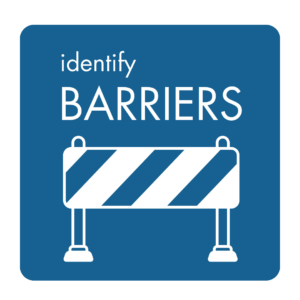 Identify barriers: Any barriers that stand in the way of realizing the team’s vision for the student are identified next. These barriers might be of any type; for example, lack of communication skills might be a barrier to realizing the dream of being in a loving relationship, lack of reading instruction might be a barrier to a dream of reading for fun and information, and lack of affordable housing might be a barrier to living on one’s own. The team should think of all potential or actual barriers to realizing the student’s vision for the future so these barriers can be systematically addressed through the IEP.
Identify barriers: Any barriers that stand in the way of realizing the team’s vision for the student are identified next. These barriers might be of any type; for example, lack of communication skills might be a barrier to realizing the dream of being in a loving relationship, lack of reading instruction might be a barrier to a dream of reading for fun and information, and lack of affordable housing might be a barrier to living on one’s own. The team should think of all potential or actual barriers to realizing the student’s vision for the future so these barriers can be systematically addressed through the IEP.

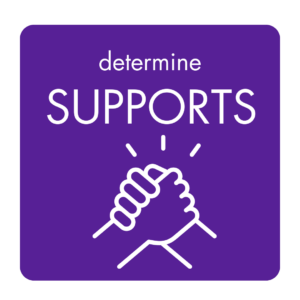 4. Determine supports: Any supports needed to achieve the vision are identified during this step. During the school years, various supports are often trialed so that in adulthood, the student has a robust set of personally relevant supports that reflect their preferences for support (e.g., human versus technological supports) and reflect their preferred activities, relationships, and skills (i.e., supports are identified to support the student in their individual lifestyle). By identifying supports that are personally relevant, the student can also learn how to advocate for, select, and modify their own supports to best suit their preferences and lifestyle.
4. Determine supports: Any supports needed to achieve the vision are identified during this step. During the school years, various supports are often trialed so that in adulthood, the student has a robust set of personally relevant supports that reflect their preferences for support (e.g., human versus technological supports) and reflect their preferred activities, relationships, and skills (i.e., supports are identified to support the student in their individual lifestyle). By identifying supports that are personally relevant, the student can also learn how to advocate for, select, and modify their own supports to best suit their preferences and lifestyle.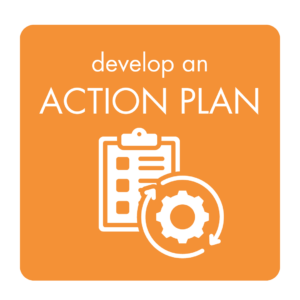 Develop an action plan: Finally, the team creates a plan for how to achieve their vision. The action plan must be detailed, including IEP goals to be developed, IEP supports and services to provide, how progress towards the vision will be measured, and who will be responsible for enacting various parts of the plan. The role of the student as an active member in achieving their own vision should be emphasized, including how the student will set their own goals, monitor their goal progress, and seek supports as needed.
Develop an action plan: Finally, the team creates a plan for how to achieve their vision. The action plan must be detailed, including IEP goals to be developed, IEP supports and services to provide, how progress towards the vision will be measured, and who will be responsible for enacting various parts of the plan. The role of the student as an active member in achieving their own vision should be emphasized, including how the student will set their own goals, monitor their goal progress, and seek supports as needed.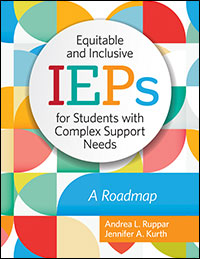
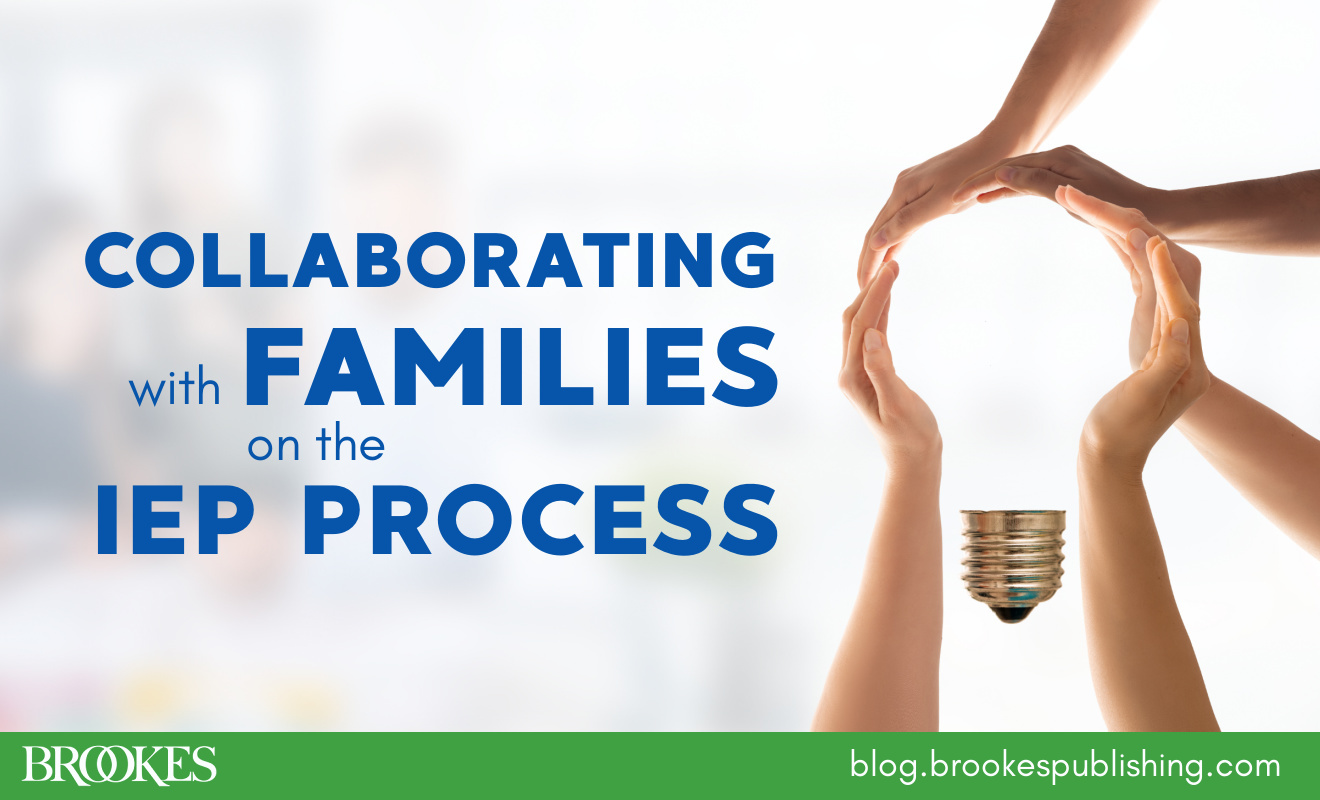
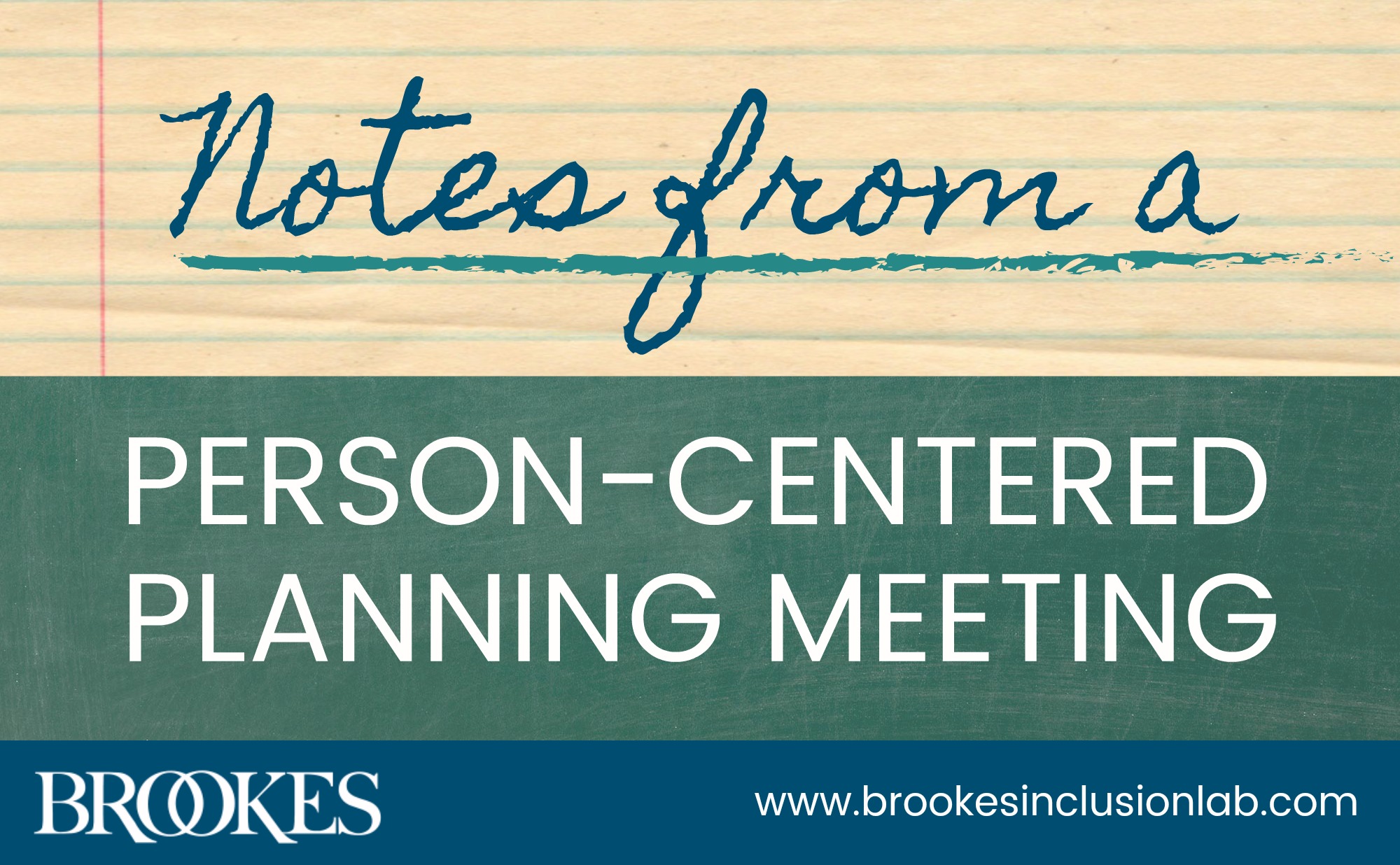
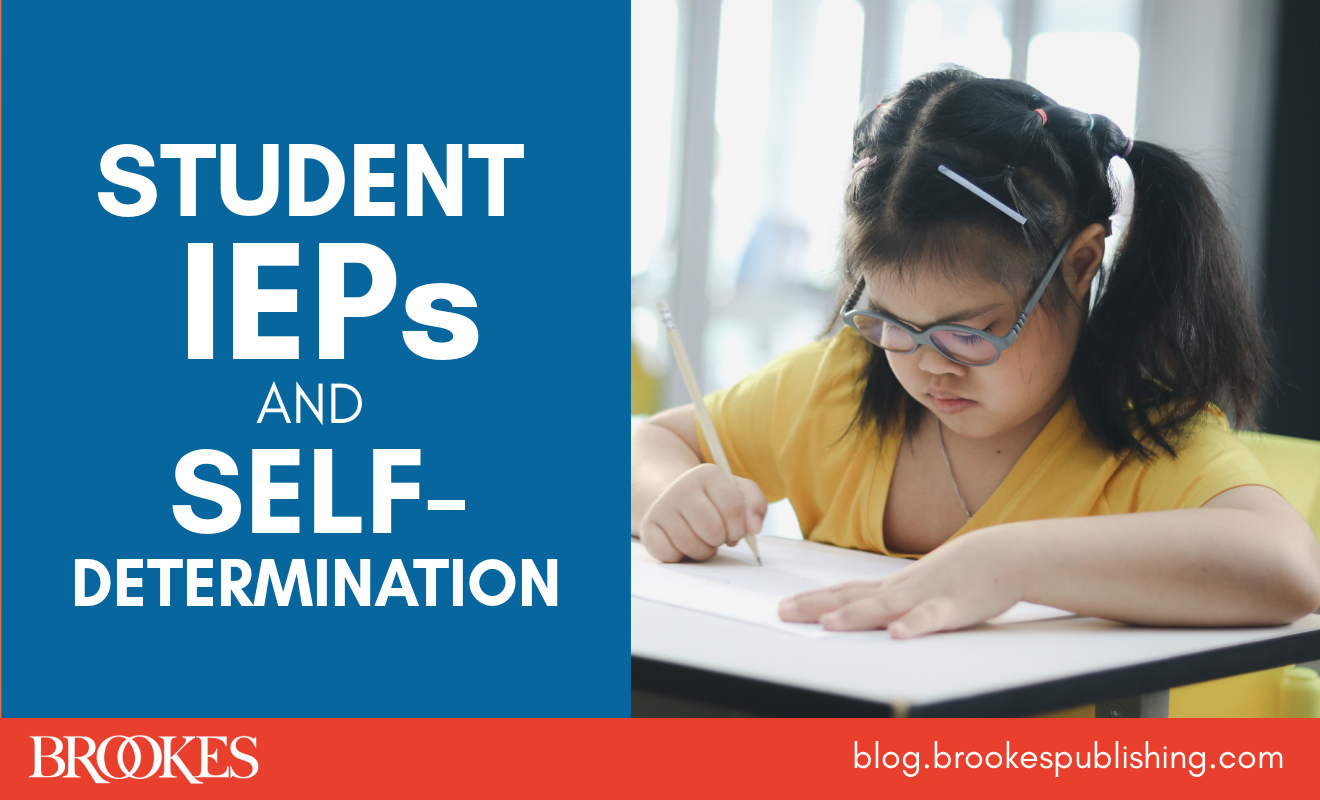
Write a Comment
Your email address will not be published. Required fields are marked *
Post a Comment